
Preserving young patient’s hair prompts IU surgeons’ invention
The desire to preserve a girl’s flowing hair during brain surgery led to the development of a comb-like device that could help cranial surgery patients avoid having their heads shaved.

The desire to preserve a girl’s flowing hair during brain surgery led to the development of a comb-like device that could help cranial surgery patients avoid having their heads shaved.

After 10 long years, the company that has developed a collagen biomaterial to help heal tissue is readying itself for its next big steps: regulatory approval and commercial launch.

Luna Lu and her team at Purdue’s Lyles School of Civil Engineering are among a handful of organizations worldwide dabbling in how to commercialize “smart concrete.”
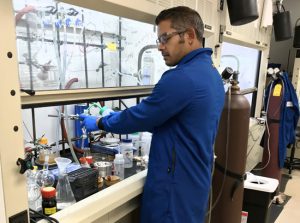
The West Lafayette biotech firm’s stock traded as low as $1.41 last fall, following multiple setbacks and restructurings. But the stock had soared to $24 Thursday morning after news that it would be acquired by Novartis.
 The work-play-live district for innovation and entrepreneurship being developed on the near-northwest side will include research labs, apartments and bicycle trails—which could help to attract young workers.
The work-play-live district for innovation and entrepreneurship being developed on the near-northwest side will include research labs, apartments and bicycle trails—which could help to attract young workers.
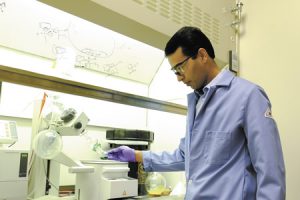
A $44 million VC infusion in 2017 for biosciences firm On Target Laboratories was one indication that Indiana’s life sciences sector is finally starting to pull down some serious venture funding.
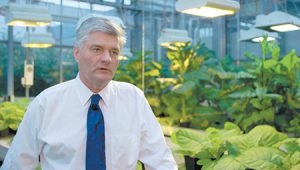
David Broecker was founding CEO of the four-year-old Indiana Biosciences Research Institute, which aims to bridge the gap between research universities and industry in life sciences.

Rainer Fischer’s goal is to spur collaboration in research and commercialization of life sciences products.
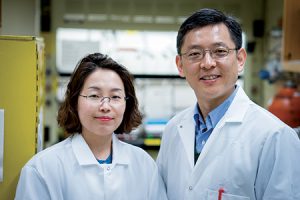
Purdue University Professor You-Yeon Won’s development, called radio-luminescent nanoparticles, is designed to enhance the cancer-cell-killing effects of radiation treatment.
Gov.-elect Eric Holcomb, who announced his legislative agenda Thursday, has roughly the same idea as Gov. Mike Pence when it comes to investing in early-stage Indiana companies, but wants to pay for the plan through a different fund.

In a Q&A, Monon Bioventures CEO Joe Trebley talks about the goals and ambitions of his one-year-old firm.
Indiana inventors secured 30 percent more patents in 2015 than they did four years earlier.
And at more than 2,000, last year’s number is double the patents granted to Hoosiers in 2008, a low point for patents in the past two decades.
 Shortages of workers and investment dollars remain the two biggest challenges for Indiana’s life sciences industry, which otherwise is showing robust vital signs and embarking on high-profile collaborations.
Shortages of workers and investment dollars remain the two biggest challenges for Indiana’s life sciences industry, which otherwise is showing robust vital signs and embarking on high-profile collaborations.
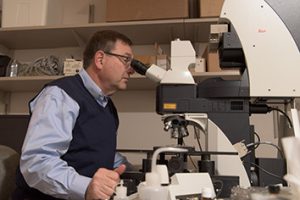
A professor in the Indiana School of Medicine is hopeful that an antibiotic cocktail he invented will one day improve the lives of millions of people, thanks in part to the Indiana University Research and Technology Corp., formed in 1997 to make work done by IU faculty and researchers available for commercial development.

Finding and supporting savvy people might result in more life sciences startups.
An Indianapolis-based biotech company plans to use $2.75 million in new funding to begin commercial production of its algae-based nutritional supplements, the firm announced Monday.
Attempts to build the sector are making headway, but Indiana still lags leading states.
Two Indiana University School of Optometry professors are tackling diagnosis of one of the most difficult medical problems facing sports teams at every level: head injuries.
Nationally, venture capital investments into life sciences firms totaled $4.9 billion during the first nine months of 2013, down 30 percent from the same period in 2008, according to data from Thomson Reuters and PricewaterhouseCoopers. In Indiana, life sciences firms raised $21 million during the first nine months of the year, far lower than any year since 2003.
Investors on Friday dumped shares of West Lafayette-based Endocyte Inc. after an independent analysis said an experimental lung cancer drug is unlikely to be declared superior to existing chemotherapy. But two analysts say, to the contrary, the analysis shows the prospects for Endocyte’s drug are as good as ever.